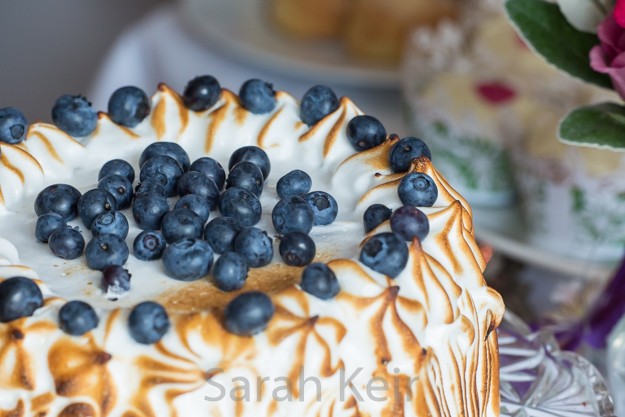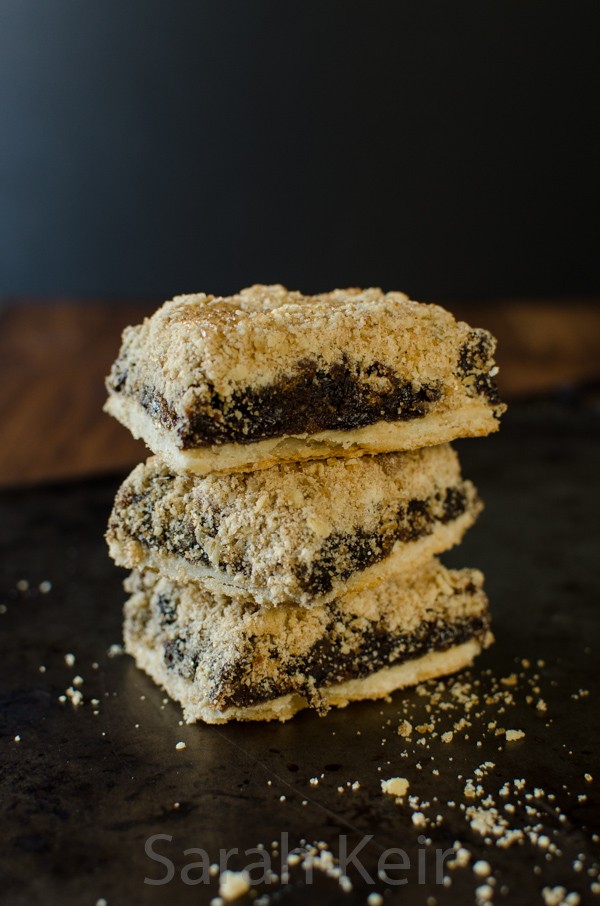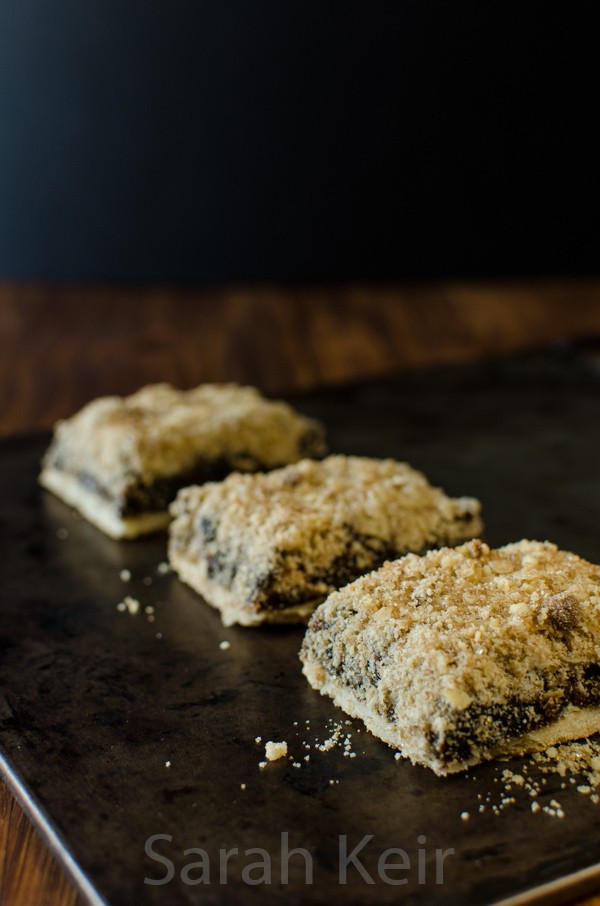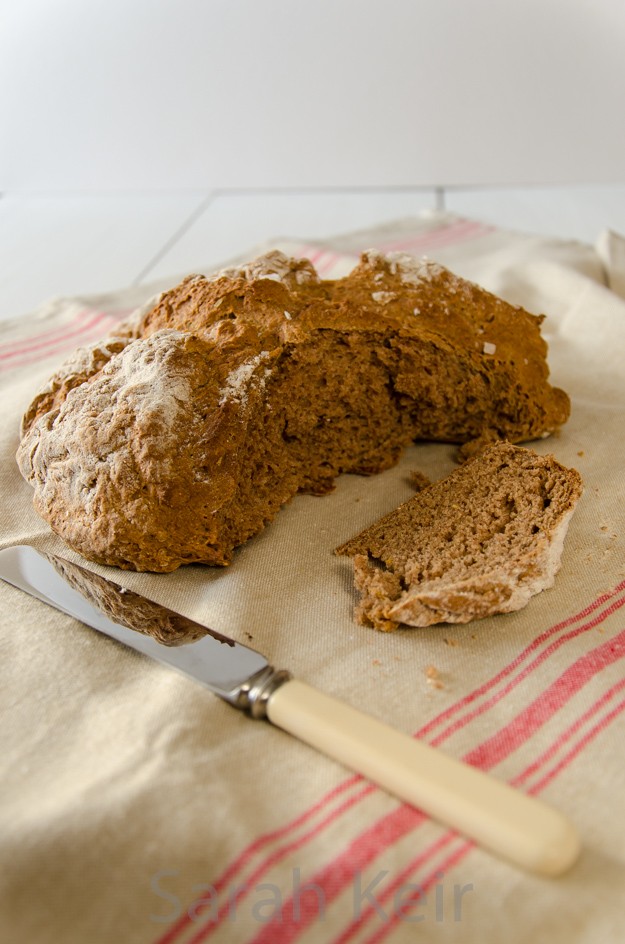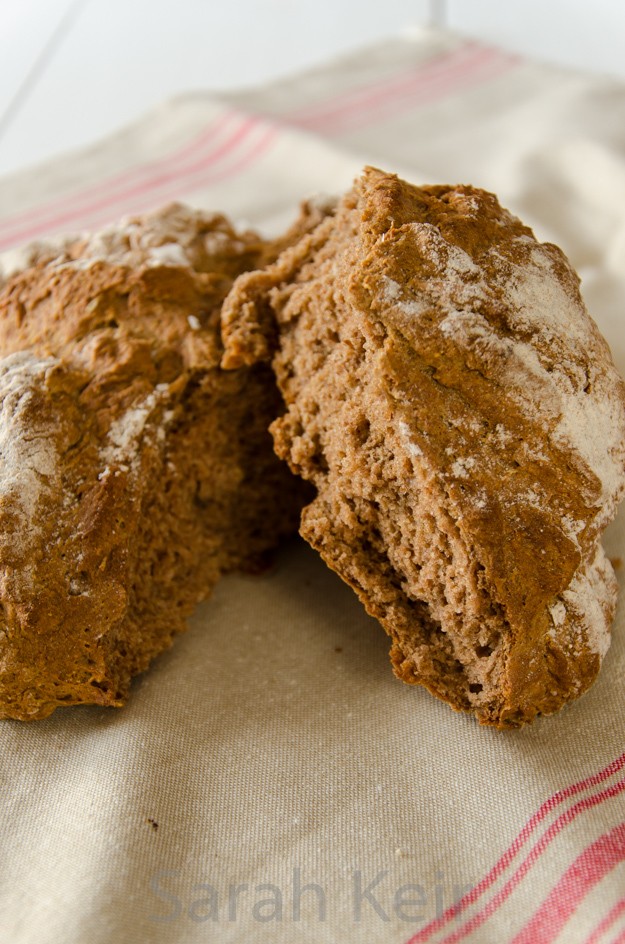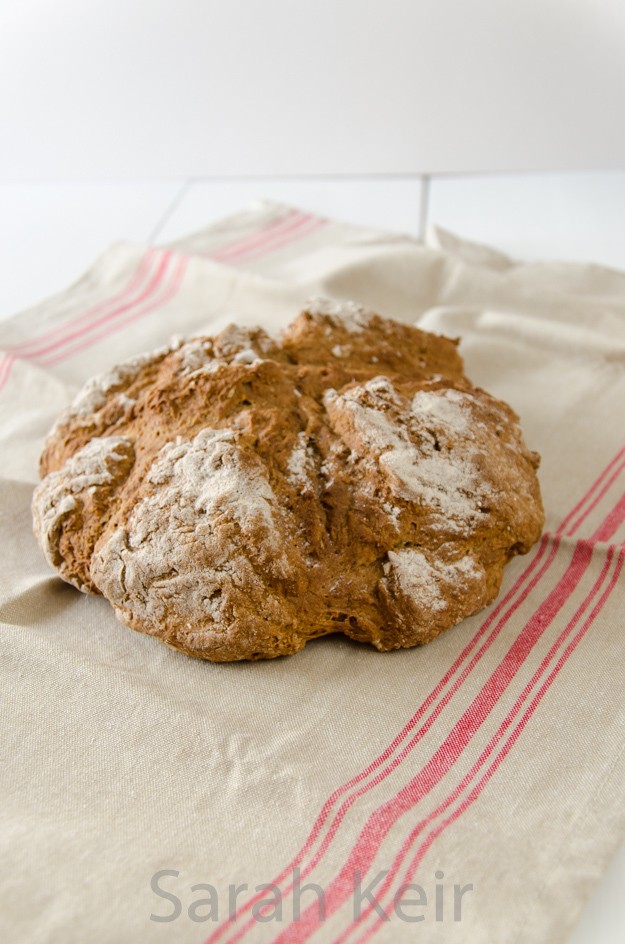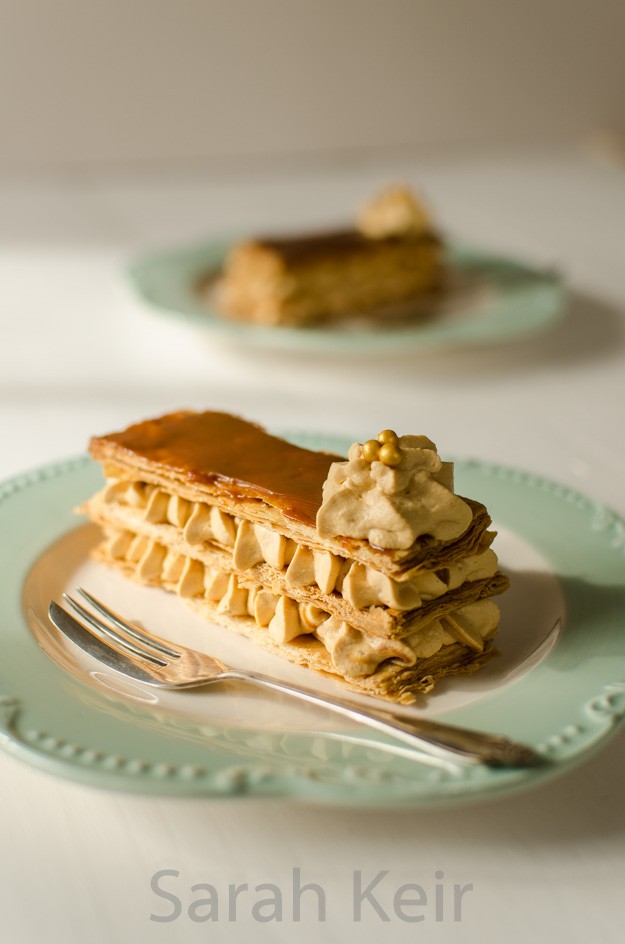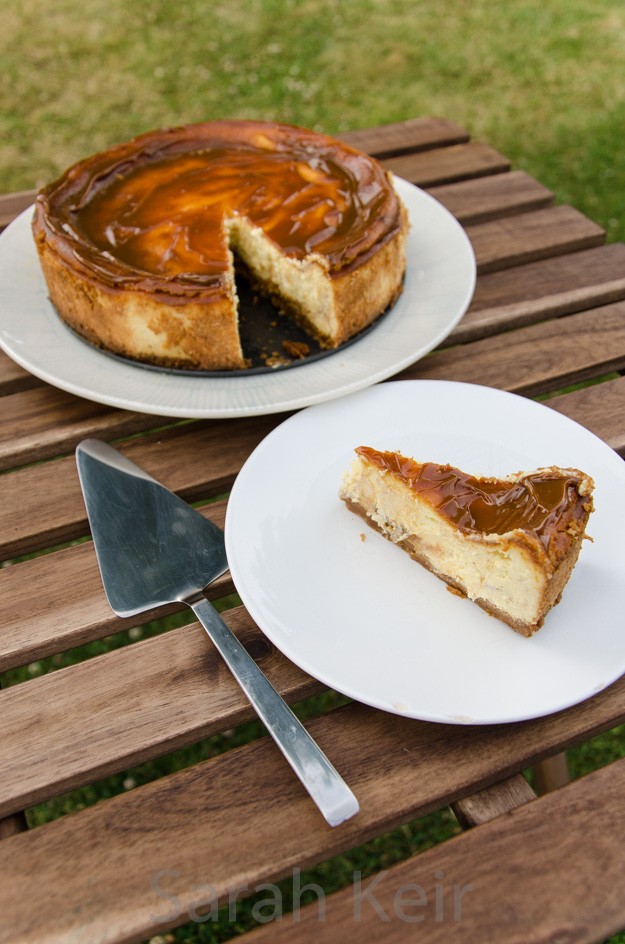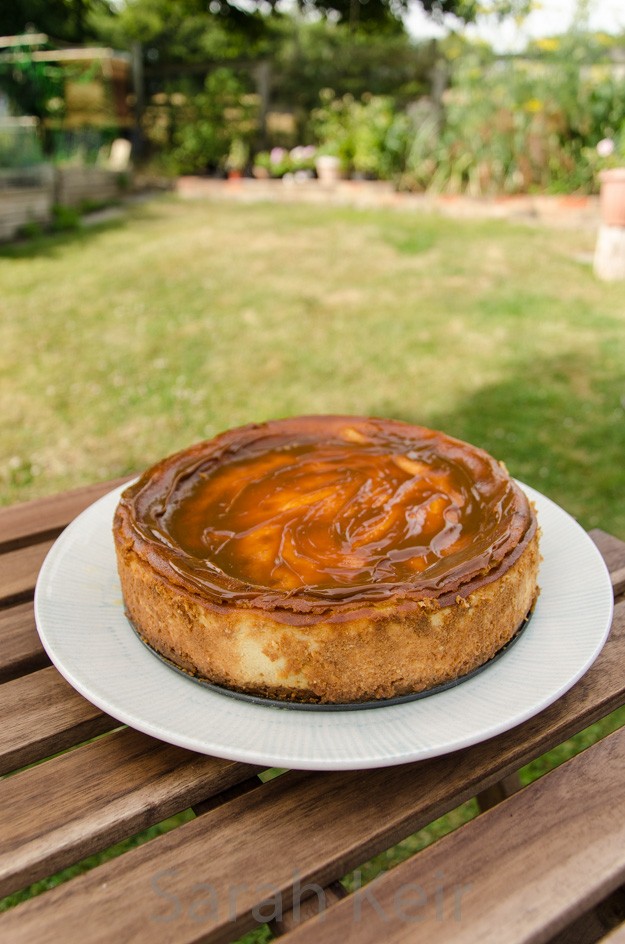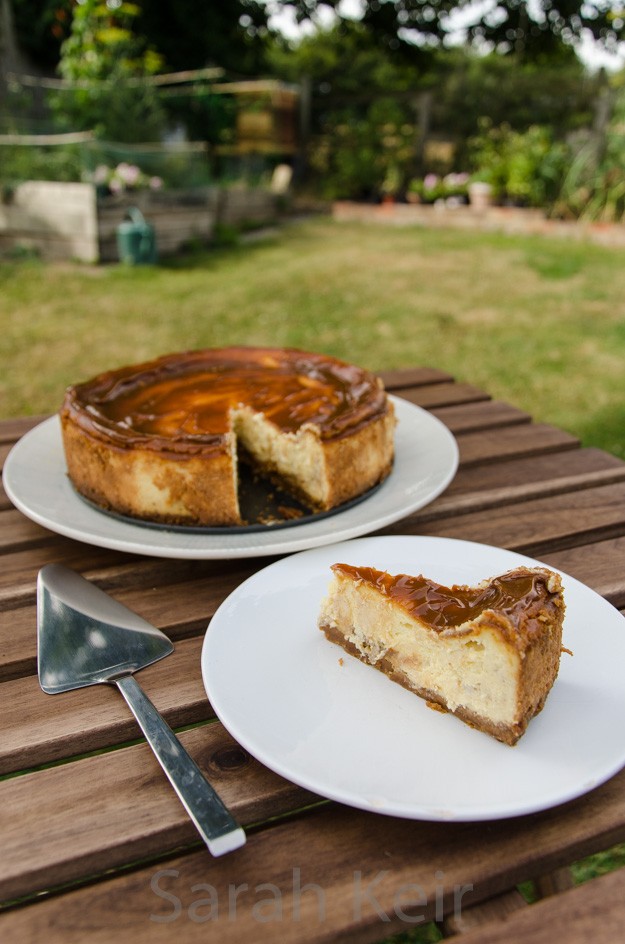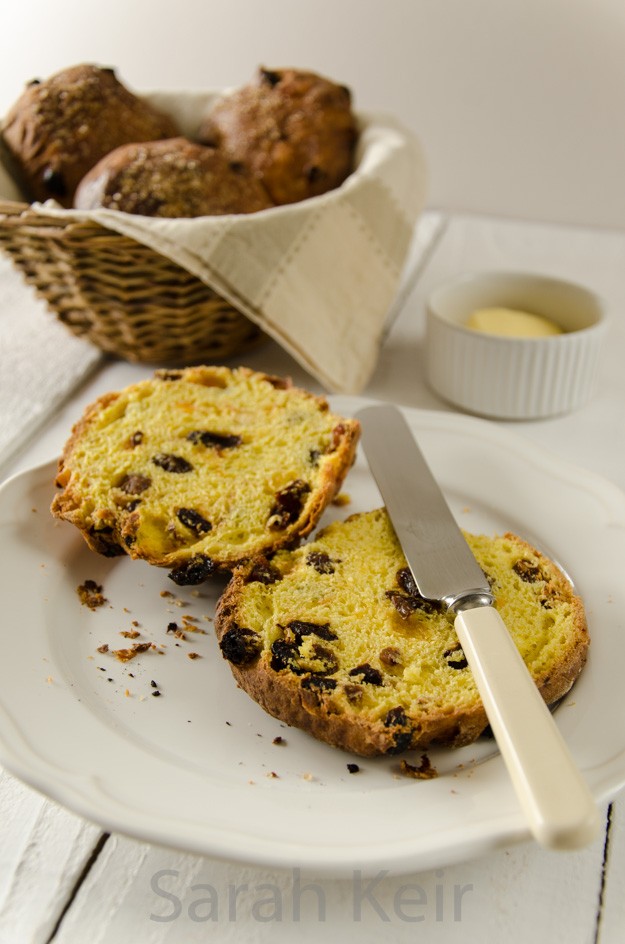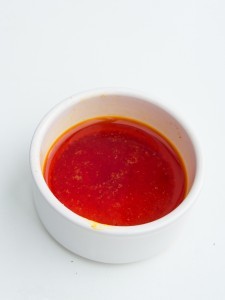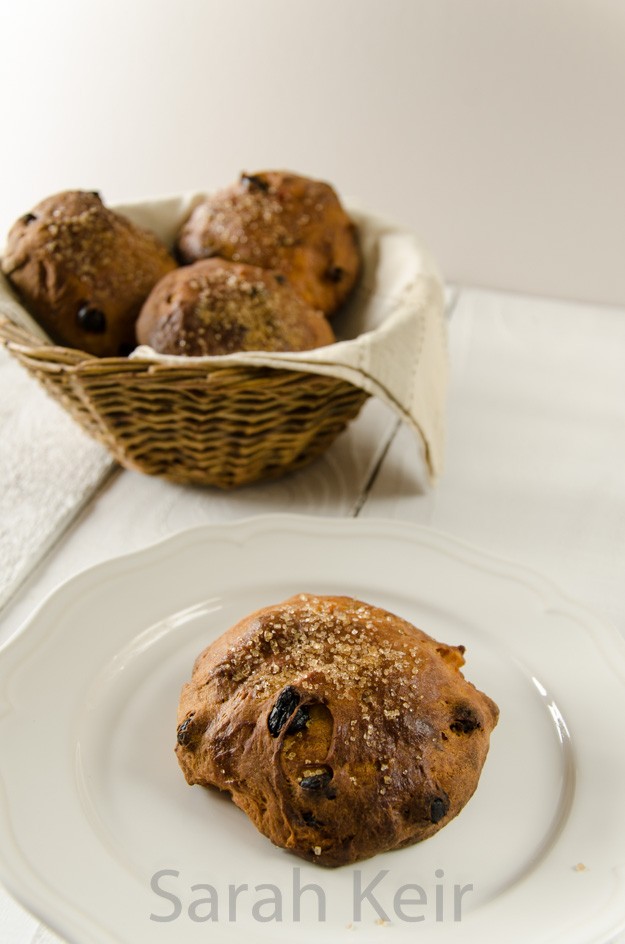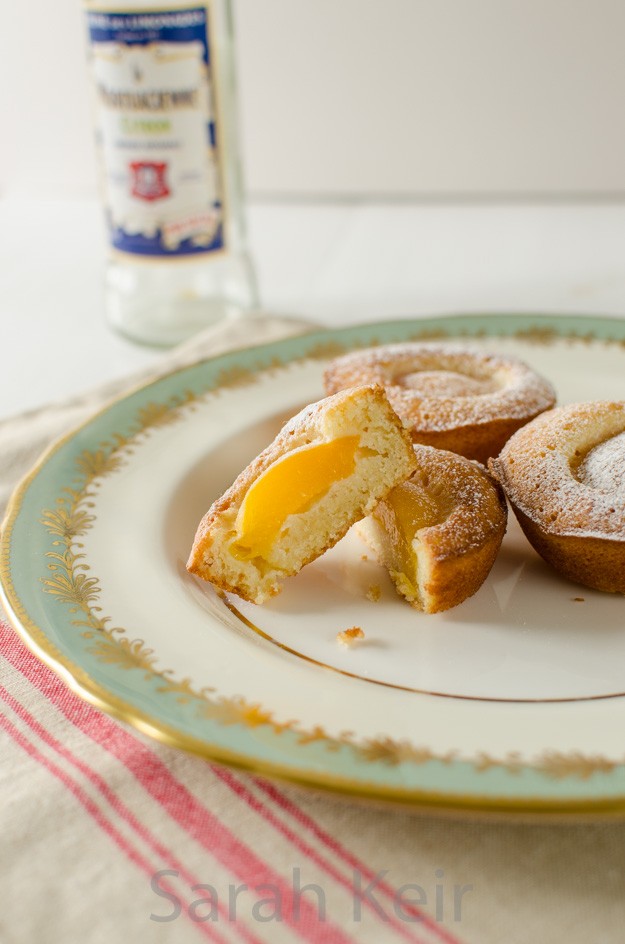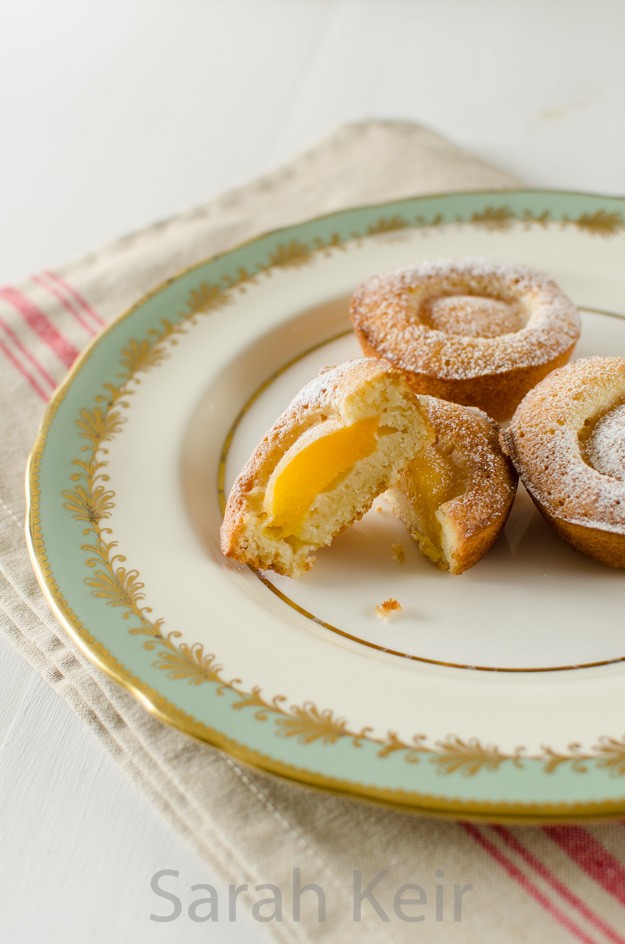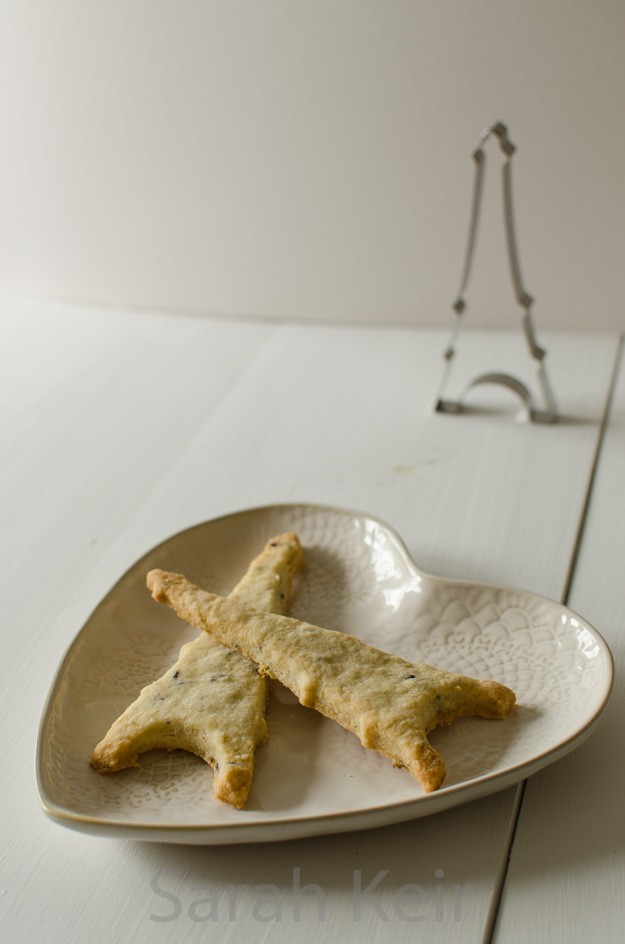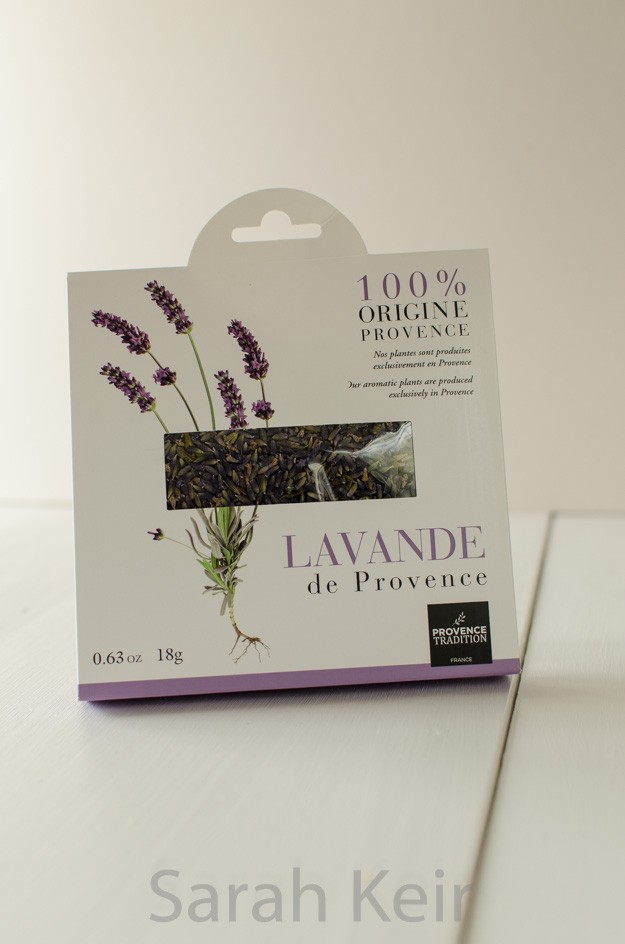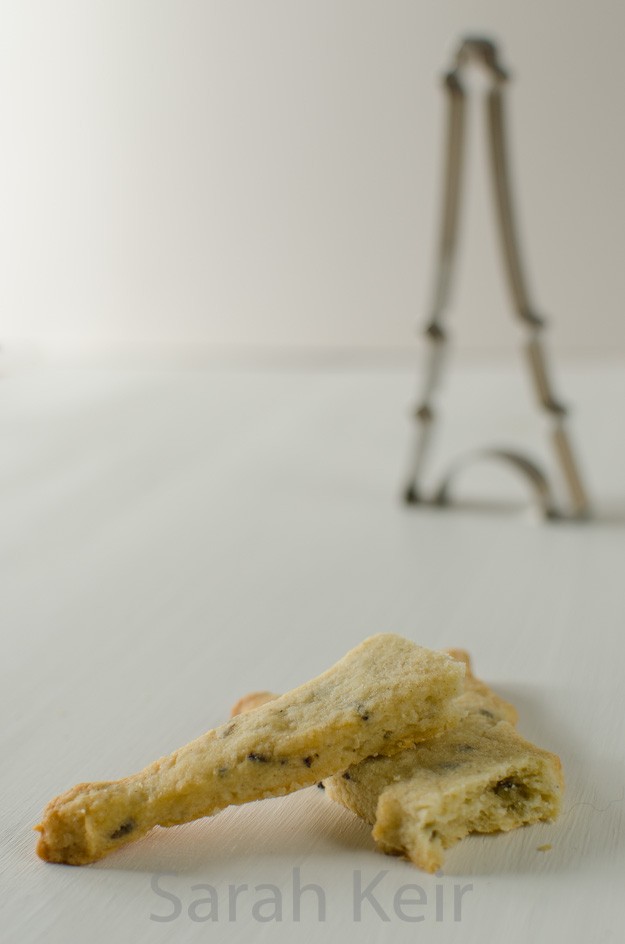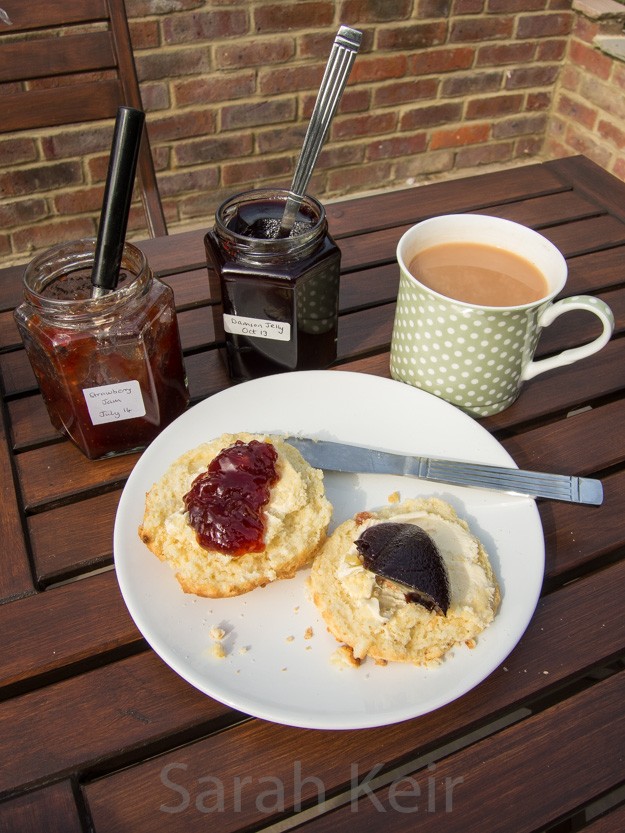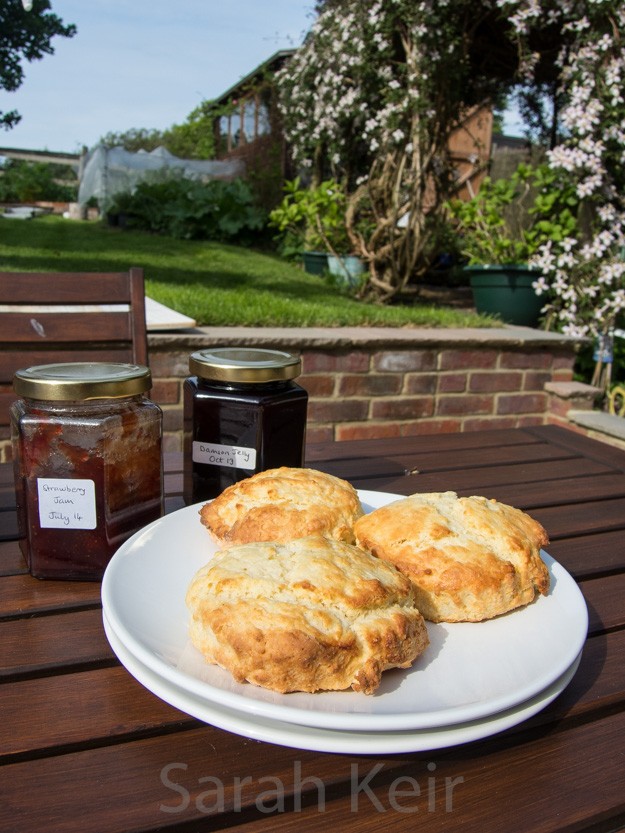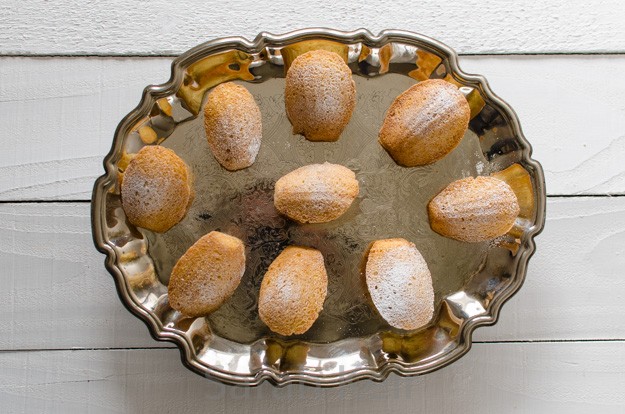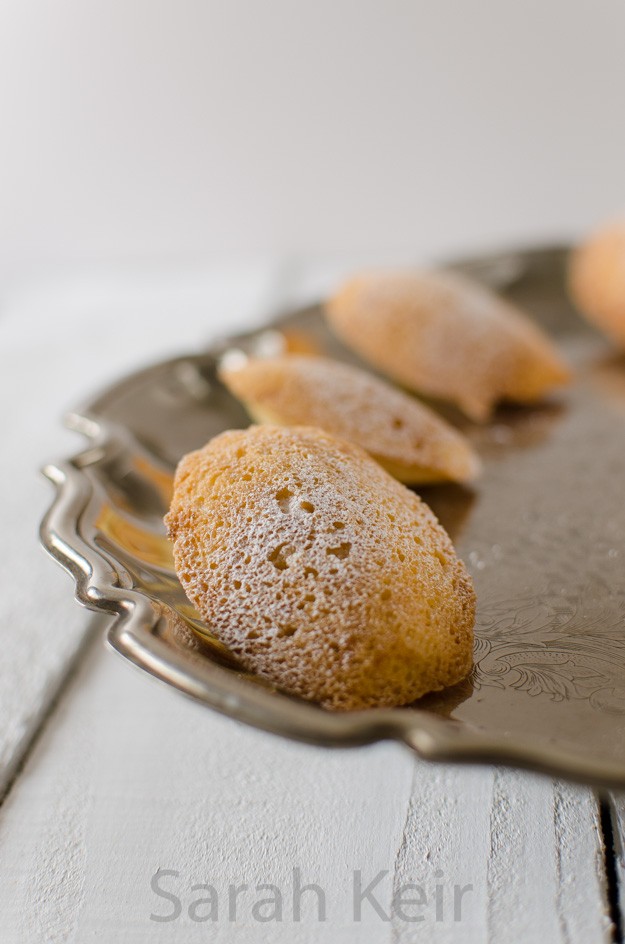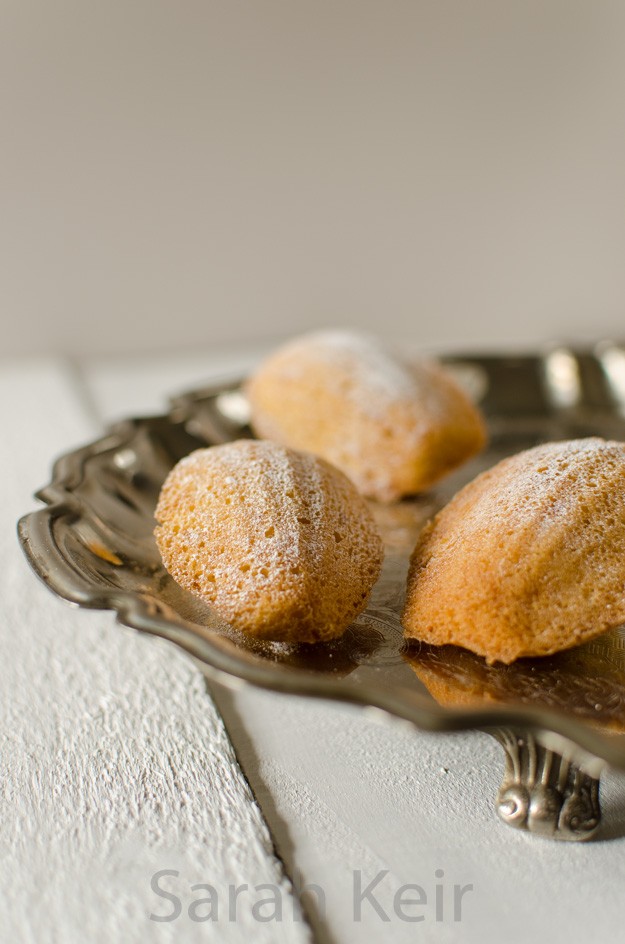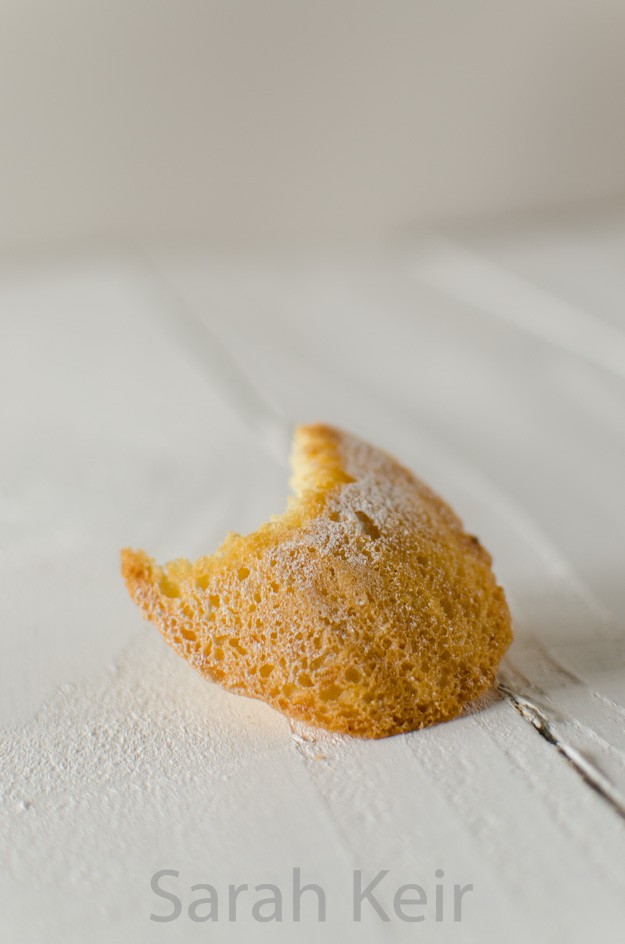I made this cake way back in the seemly long distant summer, for the tea party I held in our garden. Gosh, it seems so long ago that the sun was here especially as now the days are very short and what daylight there is is veiled in grey cloud and rain. I am dreaming of the lovely Ethiopian sunshine! Even my blue light therapy cannot dispel the winter blues!
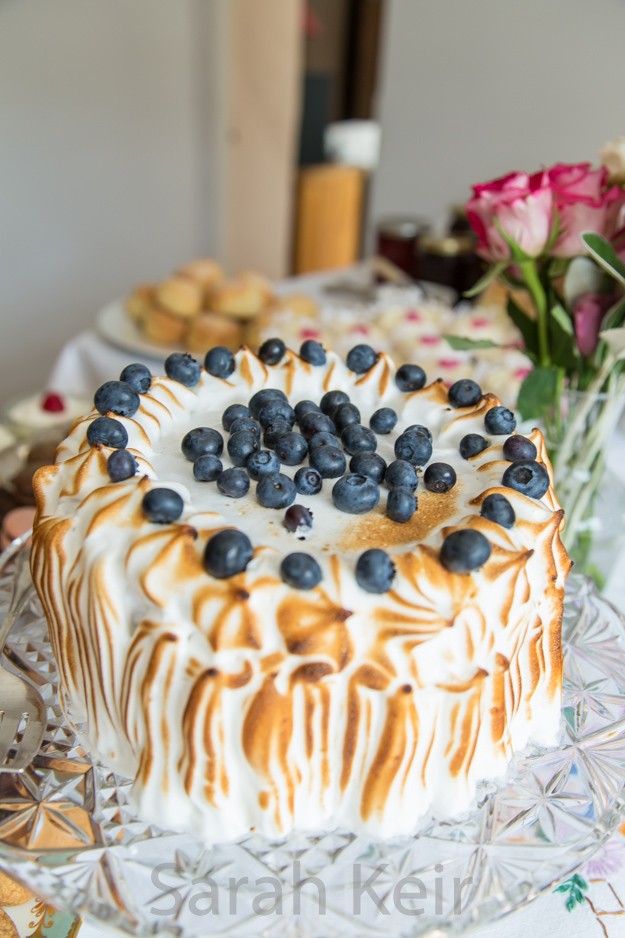
But I chose to write up this recipe now as it has a sunny warm feeling about it. I wanted a light fruity cake to complement the heavier, richer cherry chocolate cake and lemon flavour always goes down well. And this cake ticked all those boxes; the light but flavourful sponge interspersed with bright bursts of blueberries, the bright sour flavour of the homemade lemon curd and the soft marshmallow of the Italian meringue topping enveloping the whole lot with a touch of caramel sugar where the blow torch caught as a foil against the floral tones of the elderflower. The list of ingredients and steps may seem an insurmountable hurdle but broken down into components, it really is not that a big a deal. You can make the lemon curd (you can find my fool-proof recipe here) a week or so in advance or buy a good quality one (I’m not judging). The cake layers (recipe adapted from here) can be made the day before and stored well wrapped in cling film. Only the assembly and meringue topping needs to be done shortly before eating. I was surprised by the keeping qualities of this cake. The meringue did weep terribly after about 12 hours but the syrup it produced kept the cake moist for several days!
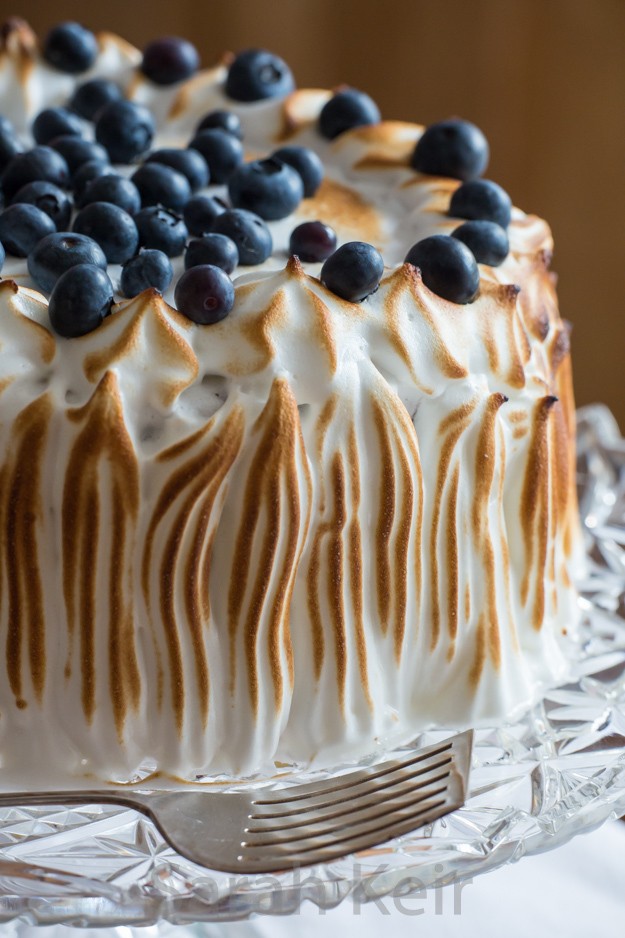
If you have any lemon curd and meringue left over, you can easily make a form of lemon meringue pie – I made mini ones to have at the tea party. Marks and Spencer sell good quality ready made pastry shells which are so easy to use for this recipe.
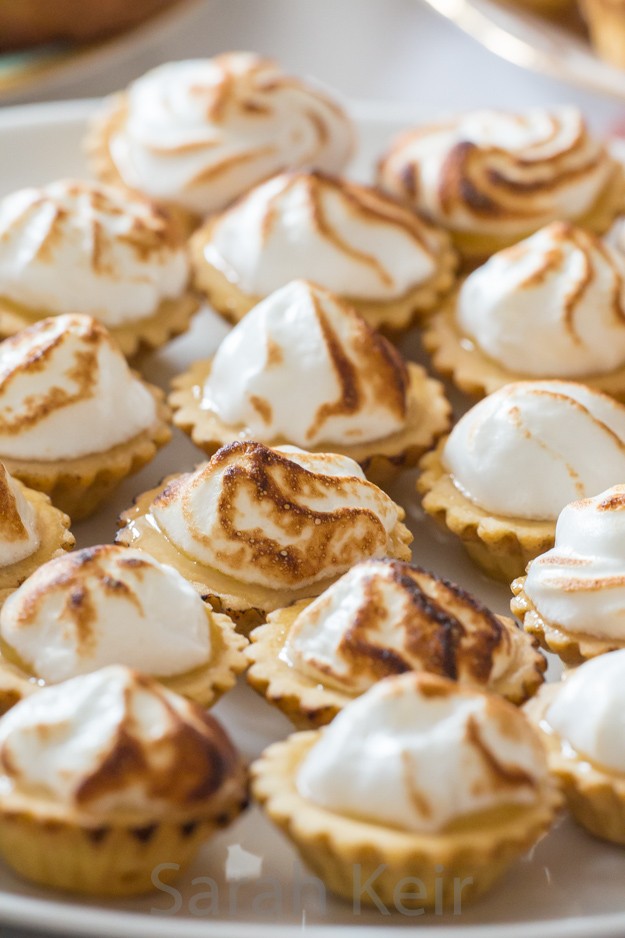
Lemon & Blueberry Layer Cake
Cake Layers
230g soft unsalted butter
250g caster sugar
100g soft light brown sugar
6 medium eggs
1 tablespoon vanilla extract
360g plain flour, sifted
1 tablespoon baking powder
1/2 teaspoon salt
240ml buttermilk (or full cream milk with lemon juice added)
zest and juice of 3 lemons
275 of still-frozen blueberries, tossed in 2 tablespoon plain flour just before adding
Filling
Jar of lemon curd
Some plain or lemon buttercream (100g butter, 200g icing sugar, a little milk if necessary)
Italian Meringue
300g caster sugar
200g egg whites
1/2 teaspoon cream of tartar
1 teaspoon elderflower essence (I used Uncle Roy's, available here)
Fresh blueberries for decoration.
Preheat the oven to 180°C/160°C fan. Grease and line the base of three 9″ cake pans. It is easier to make this cake in a stand mixer, but it is perfectly possible to use a hand mixer or even entirely by hand.
Beat the butter with paddle attachment until creamy. Add the sugars and beat until well creamed, scraping down the sides of the bowl as needed.
Beat together the eggs and vanilla. Add to the butter/sugar mix a spoonful at a time with the beaters on medium, adding tablespoons of the flour if it looks like it is separating.
Sift the dry ingredients (remaining flour, salt and baking powder) over the wet mixture, beat very slowly and then start adding the buttermilk, lemon zest and lemon juice. Do not over mix otherwise it will be tough – it is better to so the last bit by hand. Toss the blueberries into the flour and fold in. Spoon the batter evenly into the three prepared tins.
Bake the three layers on the same shelf on the oven if possible and they will take 20-25 minutes, until a toothpick comes out clean. Remove from the oven, cool in the tins and do not proceed until they are completely cold.
Stick the bottom layer of the cake to the serving dish with a blob of buttercream. Pipe a ridge of butter cream around the outer edge of the top of the cake layer – this is going to act as a dam to stop the lemon curd running out from the layers! Spoon the lemon curd into the centre, as much as you dare and then place the next cake layer on top and repeat the buttercream dam and lemon curd and then sit the final cake layer on the top.
Make the Italian meringue by placing the sugar in a saucepan with 175ml water and bring to a rolling boil; place in a candy thermometer. Meanwhile, place the egg whites and cream of tartar in a stand mixer with the whisk attachment and beat to soft peaks. When the sugar syrup has reached 115°C, slowly trickle in down the side of the bowl of egg whites while they are going at high speed. Continue to whisk the meringue on high speed for about 10 minutes during which time it will thicken and cool but it is easier to use when still warm. Whisk in the elderflower essence if using and spoon into a piping bag. Use some of the meringue to cover the top first, smoothing with a spatula, then piping vertical lines (it is easier to go from bottom to top and it leaves nice spikes on top too) so that the whole of the cake is covered. If you have a blow torch then run it over the meringue to colour it. Dump some fresh blueberries on top, and an individual one on the top of each piped blob!
